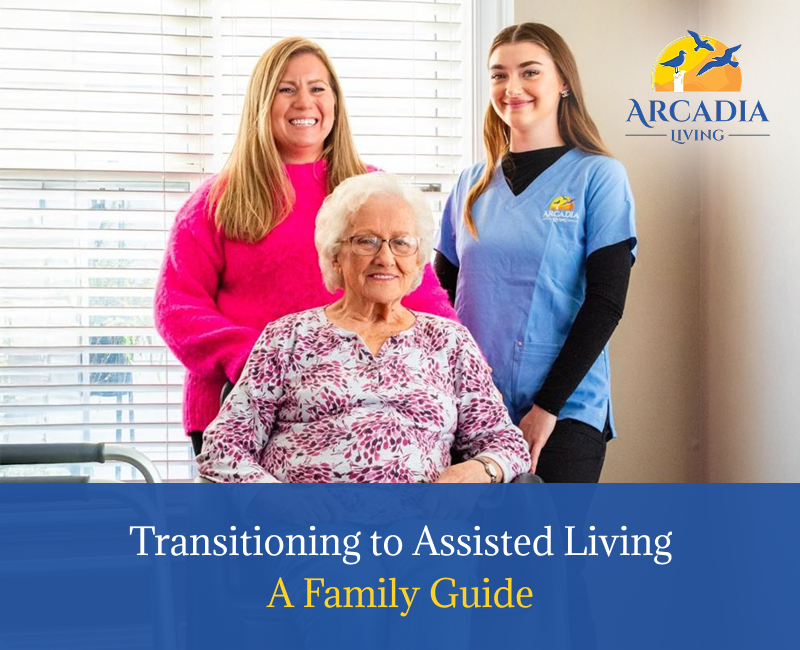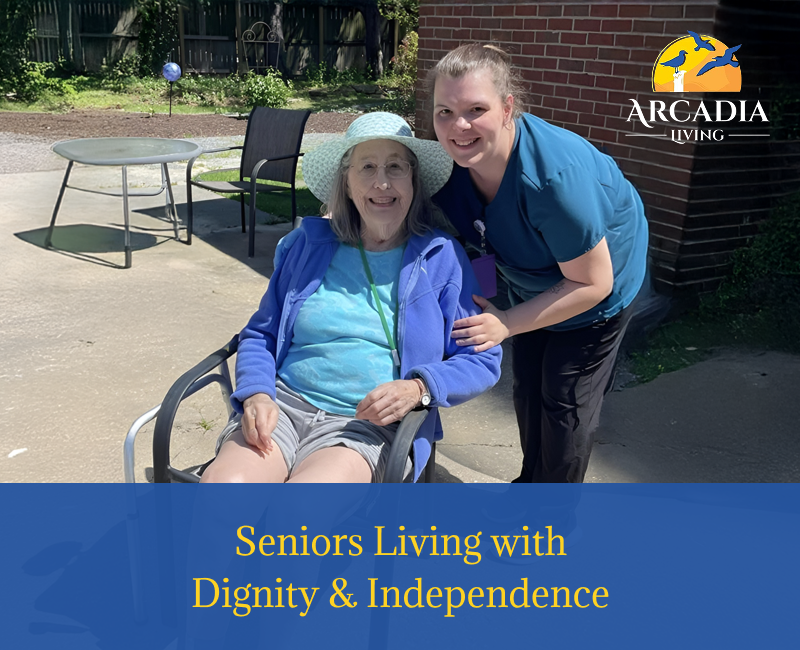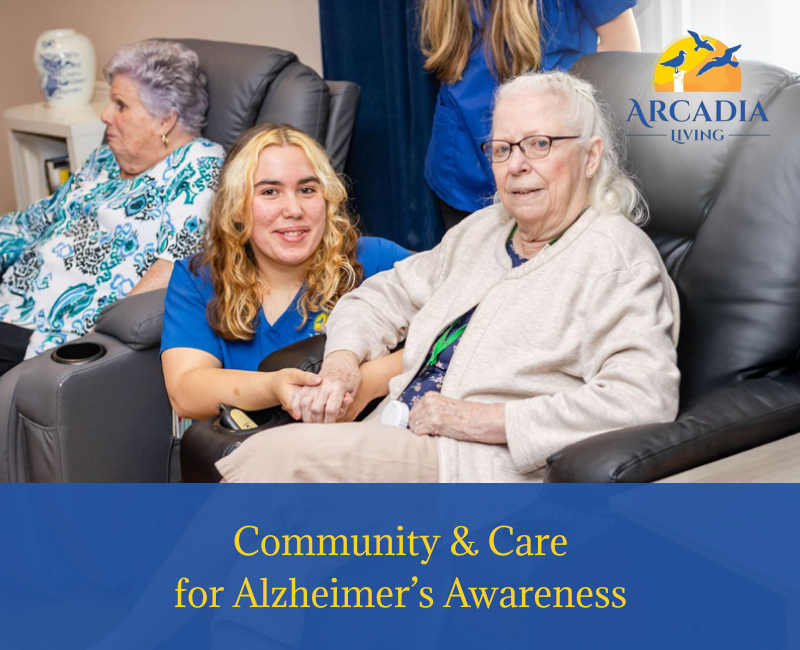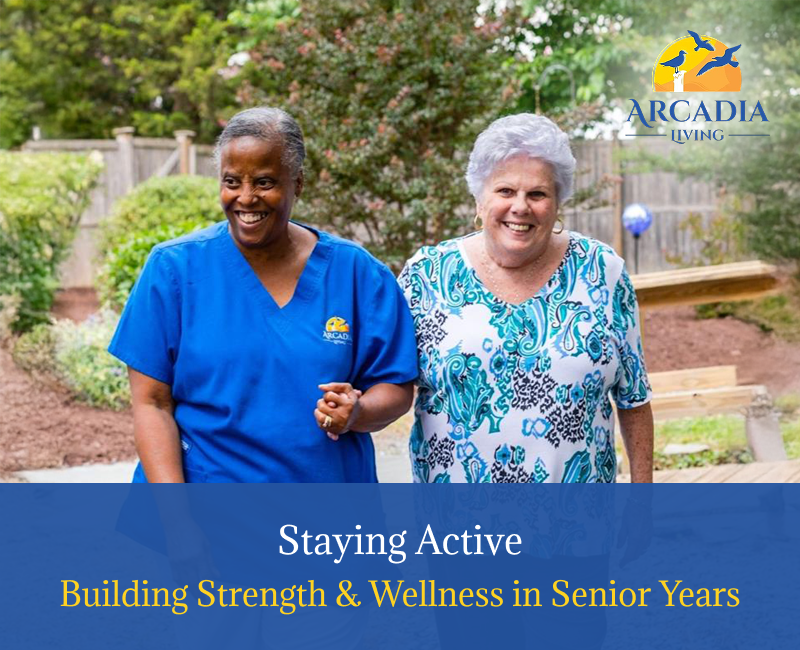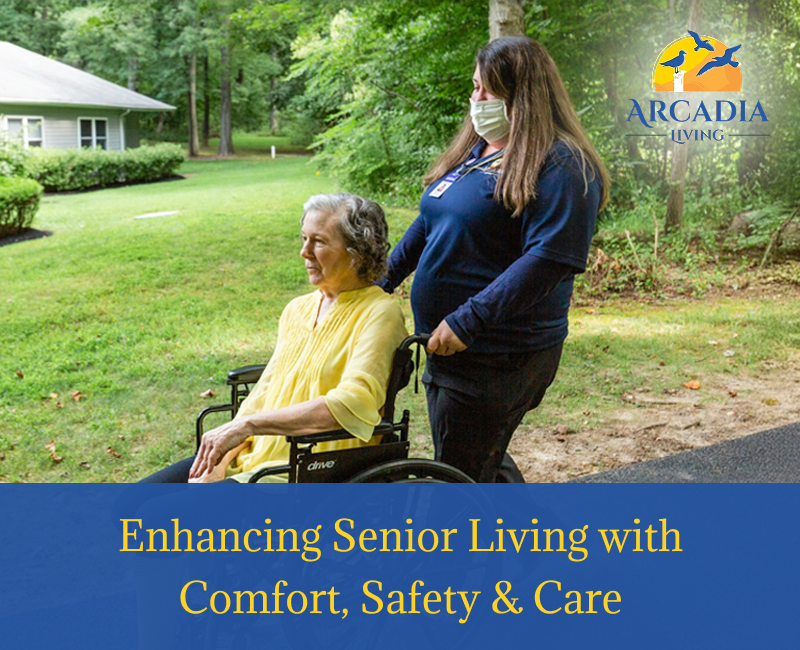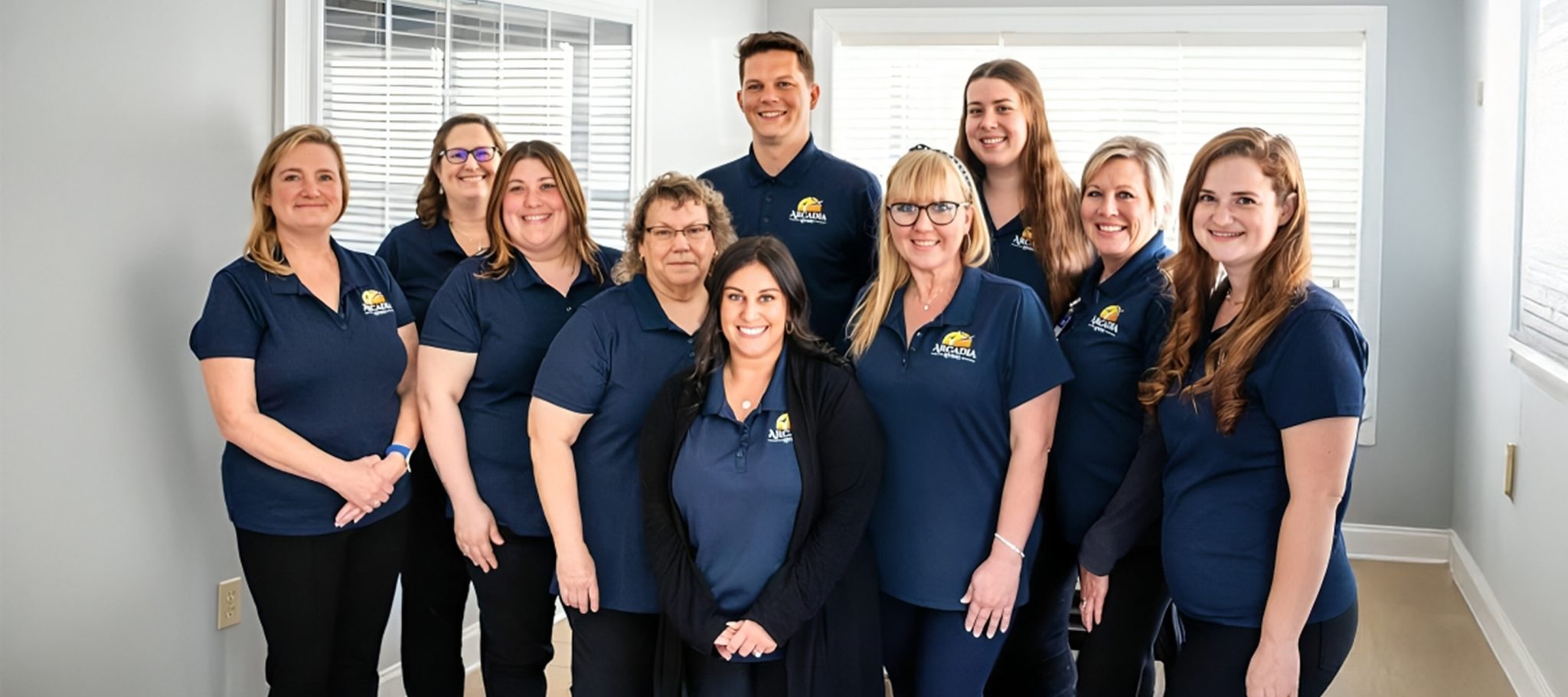Nearly 70% of Americans over age 65 will need long-term care at some point in their lives. For families in Maryland, navigating the decision to move a loved one into assisted living can feel overwhelming. Between emotional conversations, financial planning, and choosing the right location, the transition requires both careful thought and compassion.
This guide helps Maryland families understand when, why, and how to transition a loved one into assisted living, offering practical tips and insights every step of the way.
When Is the Right Time for Assisted Living?
Recognizing the signs that a loved one may need help is the first step. While aging naturally involves some changes, these red flags often signal that senior assisted living might be the right next chapter:
- Difficulty managing daily activities (dressing, bathing, meal prep)
- Increased isolation or withdrawal from social life
- Safety concerns, such as frequent falls or confusion with medications
- Caregiver burnout for family members
Assisted living facilities are designed to support independence while offering help with daily living needs, bridging the gap between full independence and nursing care.
Starting the Conversation
Bringing up assisted living with a parent or loved one can be emotional. Here are a few tips to make the conversation more constructive:
- Choose a calm time and neutral setting
- Emphasize safety, social engagement, and quality of life
- Listen to their concerns without judgment
- Involve them in decision-making as much as possible
Be patient. It may take more than one conversation for your loved one to accept the idea.
Comparing Assisted Living Options in Maryland
Maryland offers a wide range of assisted living facilities, from small, homelike residences to larger senior living communities with resort-style amenities. Key factors to consider:
1. Location
Look for communities near family members or familiar towns, such as Annapolis, Easton, Crofton, Chester, or Denton. Proximity eases regular visits and transitions.
2. Size and Atmosphere
Some seniors prefer smaller assisted living homes with intimate care, while others thrive in larger communities with more social opportunities.
3. Services and Amenities
Ensure the facility provides what your loved one needs now and in the future. Look for personalized care plans, transportation services, therapy options, on-site activities, and flexible dining options.
4. Staffing and Credentials
Ask about staff-to-resident ratios, training, emergency protocols, and how care plans are managed and updated.
5. Costs and Contracts
Maryland’s cost for assisted living ranges between $5,000 and $8,000 per month, although prices vary by region and service level. Read contracts carefully and ask about additional fees for memory care, medications, or other services.
Understanding the Costs
Costs for private assisted living facilities in Maryland vary depending on care level, location, and amenities.
Financial options may include
- Personal savings or retirement income
- Long-term care insurance
- Veterans benefits
- Medicaid (in limited cases)
Some assisted living facilities offer tiered pricing based on the services required, so it’s essential to request a clear fee breakdown.
Touring Assisted Living Communities
When visiting potential assisted living homes, bring a checklist. Observe staff-resident interactions, cleanliness, security, dining options, and recreational programs. Here are some questions to ask:
- How do you assess a new resident’s care needs?
- Are there RNs or medical staff on-site?
- What is the protocol for medical emergencies?
- Can residents personalize their rooms?
- How often are care plans updated?
Ensure sure to tour multiple senior living communities, speak with residents, and observe their day-to-day routines.
Supporting Your Loved One During the Transition
Even with the right choice made, moving to assisted living is a major life change. Help ease the transition by:
- Bringing personal belongings and familiar furniture
- Visiting regularly, especially in the early weeks
- Encouraging participation in activities
- Communicating openly with staff about any concerns
Be patient. Adjustment takes time, but with support, most seniors thrive in assisted living environments. Transitioning to assisted living is never easy, but it can be a positive step toward safety, community, and enhanced well-being for your loved one.
Arcadia Assisted Living: Comfort, Care & Community
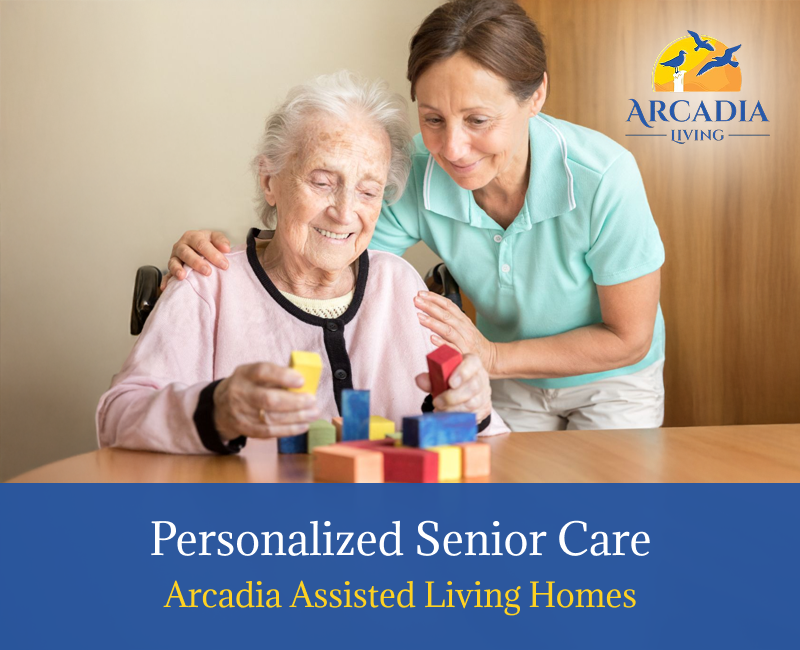
When you’re ready to take the next step, Arcadia Assisted Living offers a network of warm, home-like senior assisted living communities across Maryland. With locations in Chester, Denton, Easton, and Crofton, we cater to families throughout Annapolis, Cambridge, Stevensville, and Centreville.
Voted Best on the Shore for 13 consecutive years, our award-winning assisted living communities provide personalized care plans, engaging activities, and nurturing environments. Our focus on comfort, dignity, and connection ensures your loved one receives not just care, but companionship.
We welcome you to explore our homes and discover how senior living can be a fulfilling new chapter. Have questions about senior living? We’re happy to answer any queries you may have.
Call today to schedule a tour.
Frequently Asked Questions
1. What is assisted living, and how does it differ from nursing homes?
Assisted living offers support with daily activities while promoting independence, unlike nursing homes, which provide more intensive medical care.
2. What services are typically included in Maryland assisted living facilities?
Common services include personal care assistance, housekeeping, meals, medication management, transportation, and recreational activities.
3. How much does assisted living cost in Maryland?
Costs vary based on location, services, and level of care, but the average is around $4,500–$8,000/month.
4. Does insurance or Medicaid cover assisted living in Maryland?
Medicare typically does not cover assisted living. However, some long-term care insurance plans and Medicaid waiver programs may help with costs.
